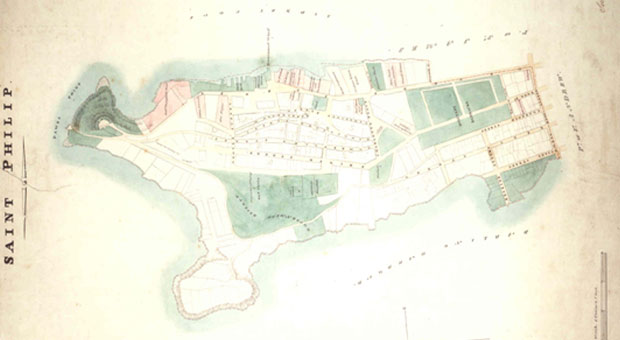The Aboriginal name for Sydney Cove as recorded in a number of First Fleet journals, maps and vocabularies, was Warrane, also spelt as War-ran, Warrang and Wee-rong. This place is highly significant to both Aboriginal and non-Aboriginal people as a site of first contact between the Eora and the Berewalgal (meaning people from a distant place: the Europeans).
Warrane and Sydney Harbour were integral to the everyday lives of the Eora people. The men speared fish from the shoreline, while the women line-fished from their nowies (canoes). The Berewalgal gathered local knowledge about the Eora people and their fishing spots through observation and interaction.
Historical records show that a group of Aboriginal people were camping at the Government Boatsheds at Circular Quay from the 1830s through to the 1880s. The camp was disbanded in 1881 and its residents moved to La Perouse, in the lead up to the formation of the Aborigines Protection Board.






